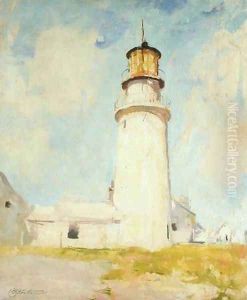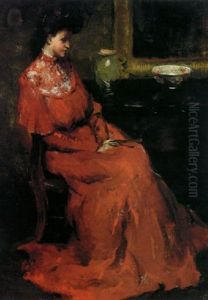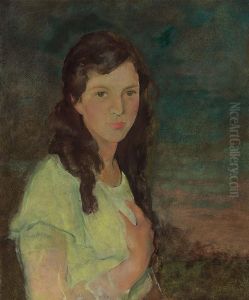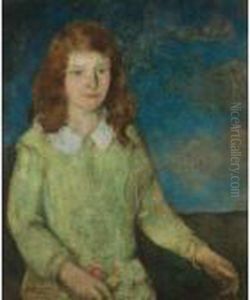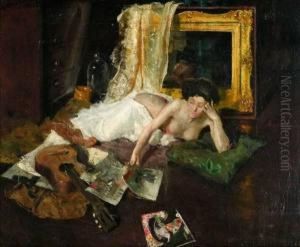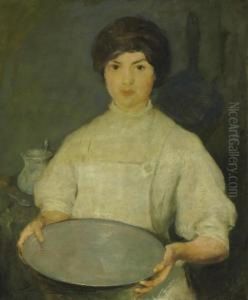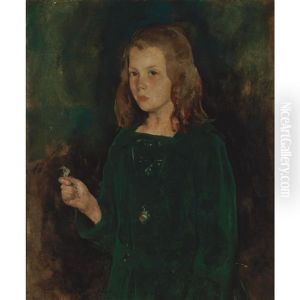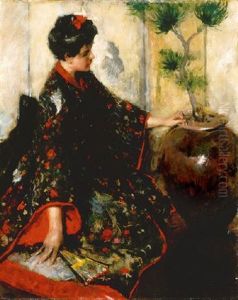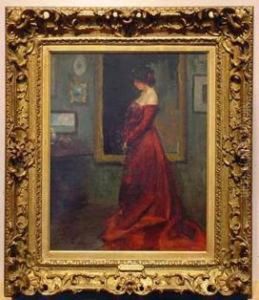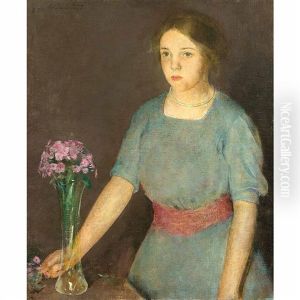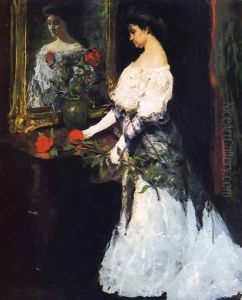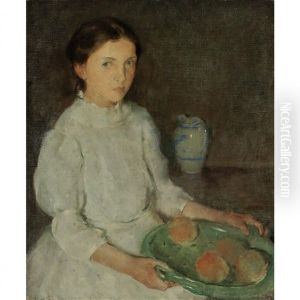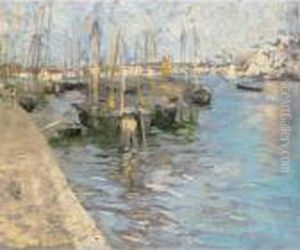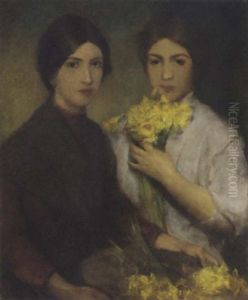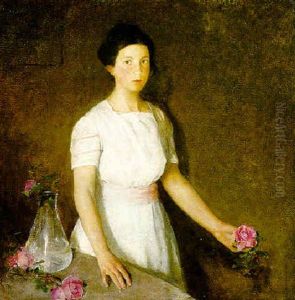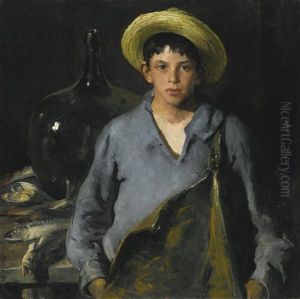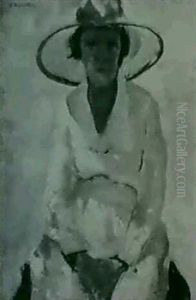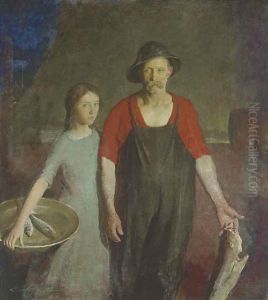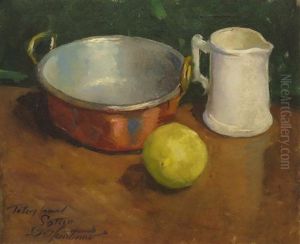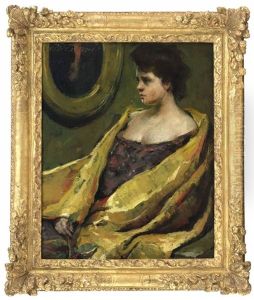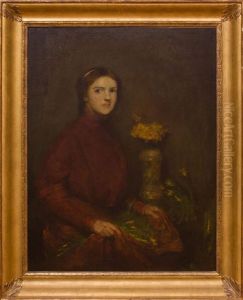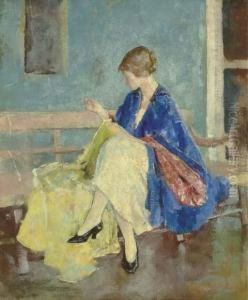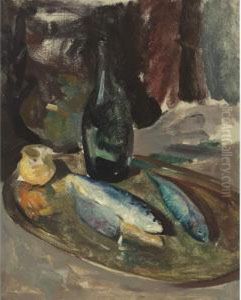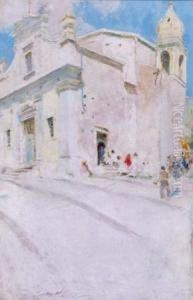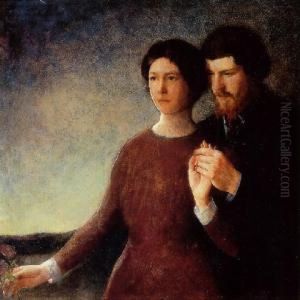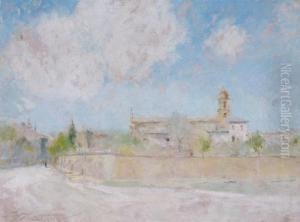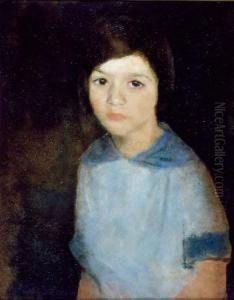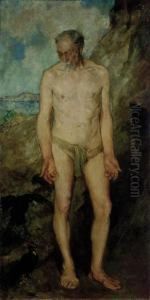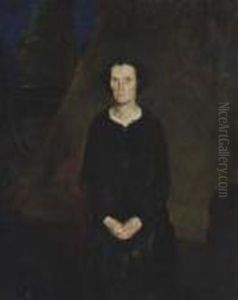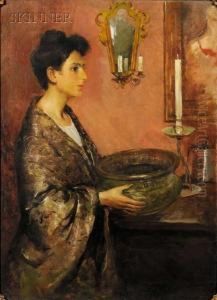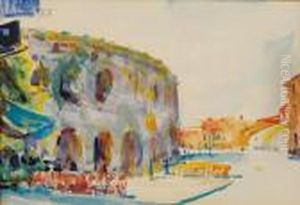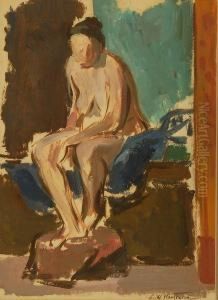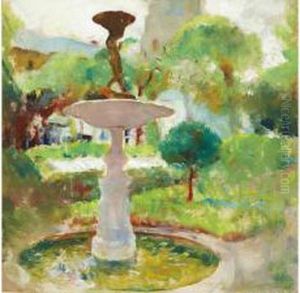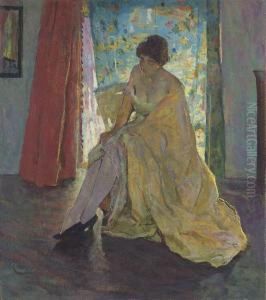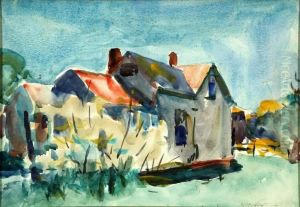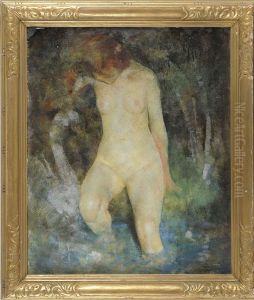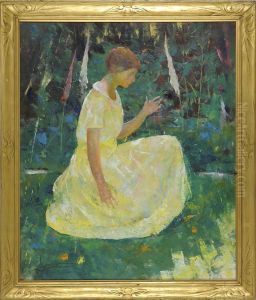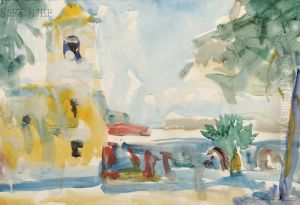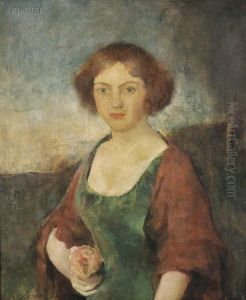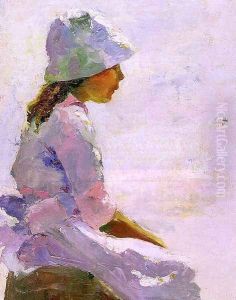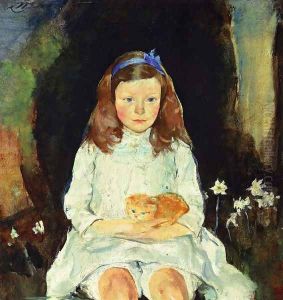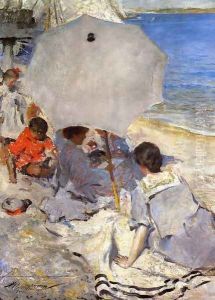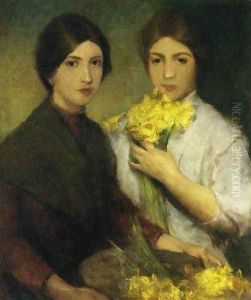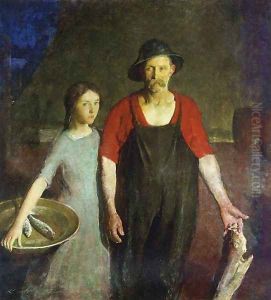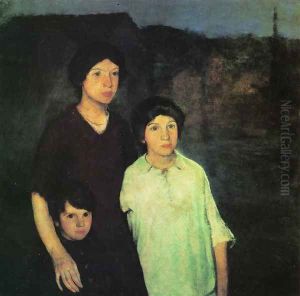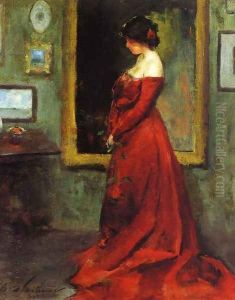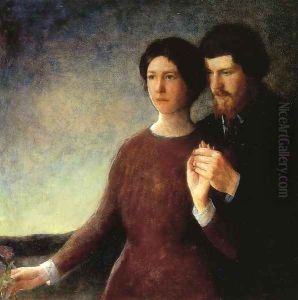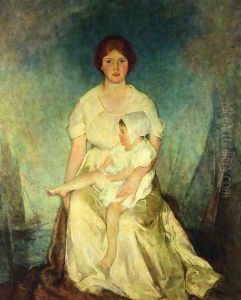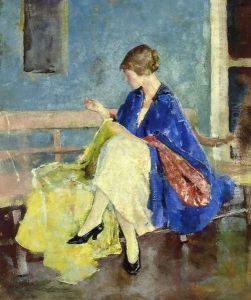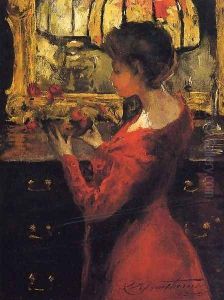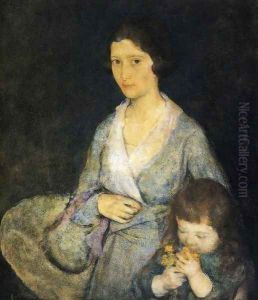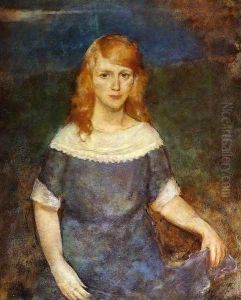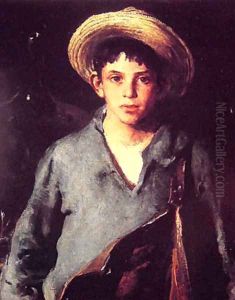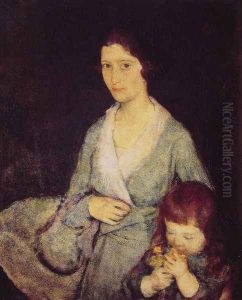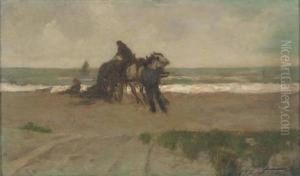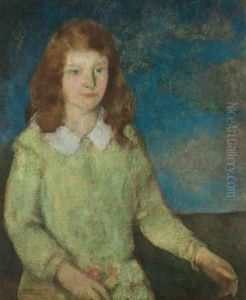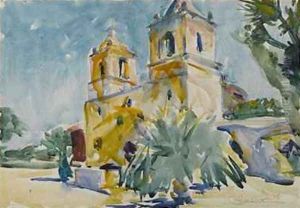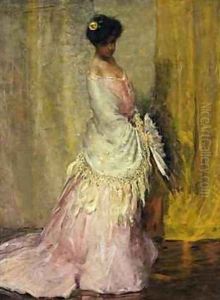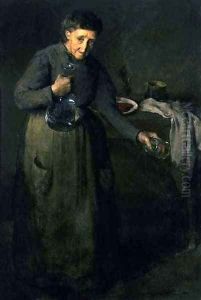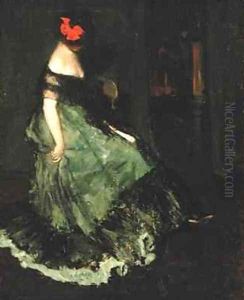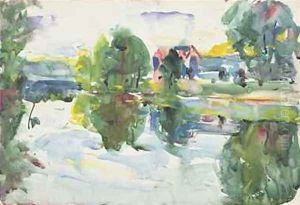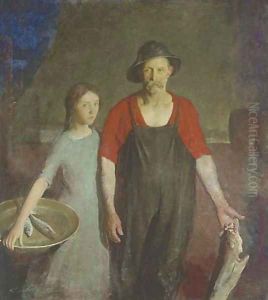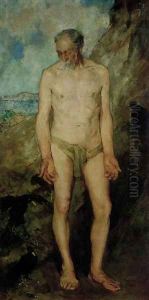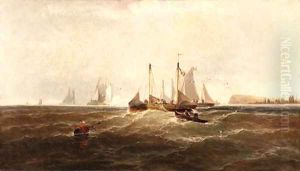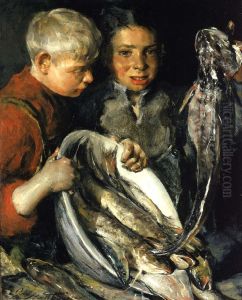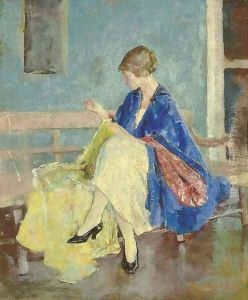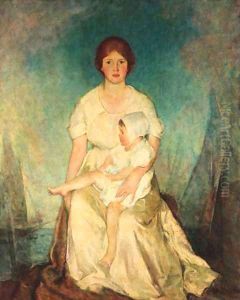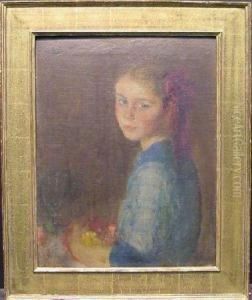Charles Hawthorne Paintings
Charles Webster Hawthorne was an American painter and founder of the Cape Cod School of Art in 1899, which was one of the first outdoor summer schools for figure painting and became a significant figure in the world of American art. Born on January 8, 1872, in Lodi, Illinois, Hawthorne moved with his family to Maine where he grew up. He later moved to New York and became a student of William Merritt Chase at the Art Students League of New York.
Under the tutelage of Chase, Hawthorne honed his skills as a realist painter. He was particularly influenced by Chase's vibrant outdoor scenes and the use of light in his work. This would become a defining characteristic of Hawthorne's own style. After his studies, he spent several years in Europe, where he was further influenced by the works of the Old Masters and the Impressionists.
In 1899, Hawthorne founded the Cape Cod School of Art in Provincetown, Massachusetts. The school was one of the first to conduct classes outdoors, directly in the landscape, which was a radical departure from the studio-based instruction that was common at the time. Hawthorne's teaching philosophy emphasized the importance of painting light and color, and he encouraged his students to work quickly to capture the essence of the scene before them.
Hawthorne's own paintings often featured the local fishermen and their families of Cape Cod. His approach was characterized by a bold use of color and an empathetic portrayal of his subjects. Over the years, his work became well-regarded, and he exhibited at major venues such as the Carnegie Institute, the Corcoran Gallery, and the Pennsylvania Academy of the Fine Arts.
Throughout his career, Charles Hawthorne won numerous awards, including a gold medal at the Panama-Pacific Exposition in 1915. His work is represented in many major museums, including the Metropolitan Museum of Art and the Smithsonian American Art Museum.
Hawthorne continued to paint and teach until his death on November 29, 1930, in Baltimore, Maryland. His legacy lives on through his influence on a generation of artists who studied under him and through the continued operation of the Cape Cod School of Art, which educates artists to this day in the tradition of Hawthorne's teachings.

